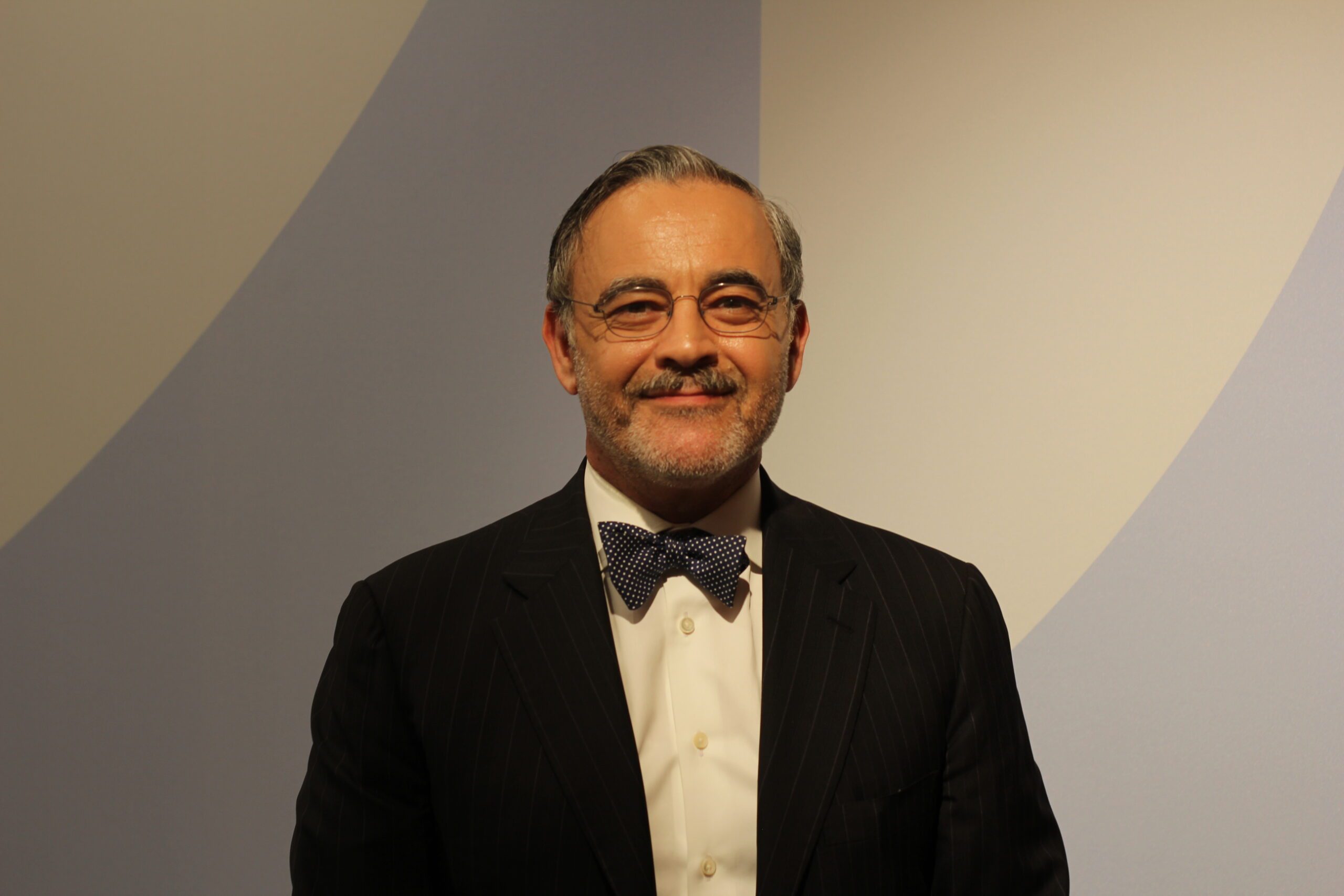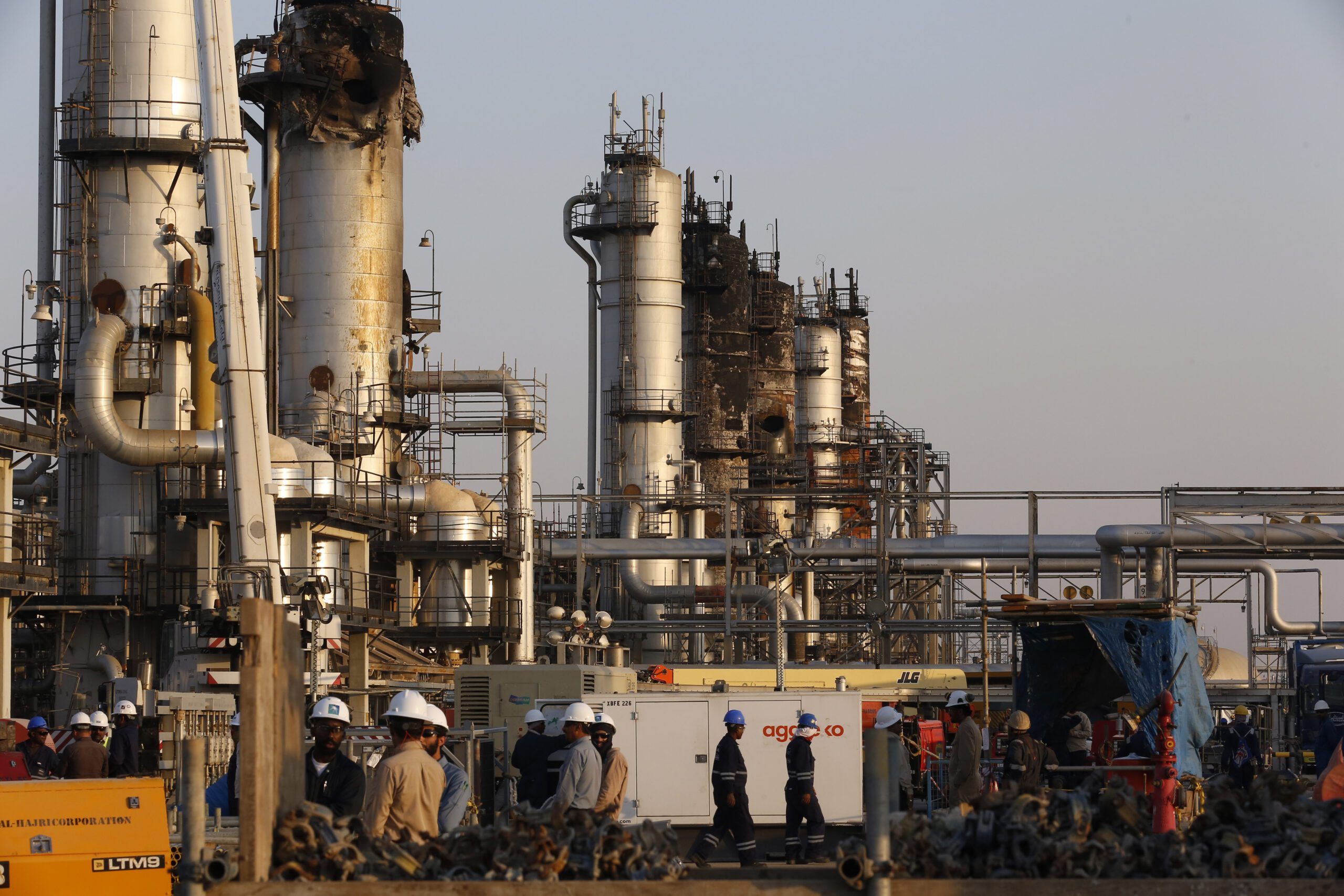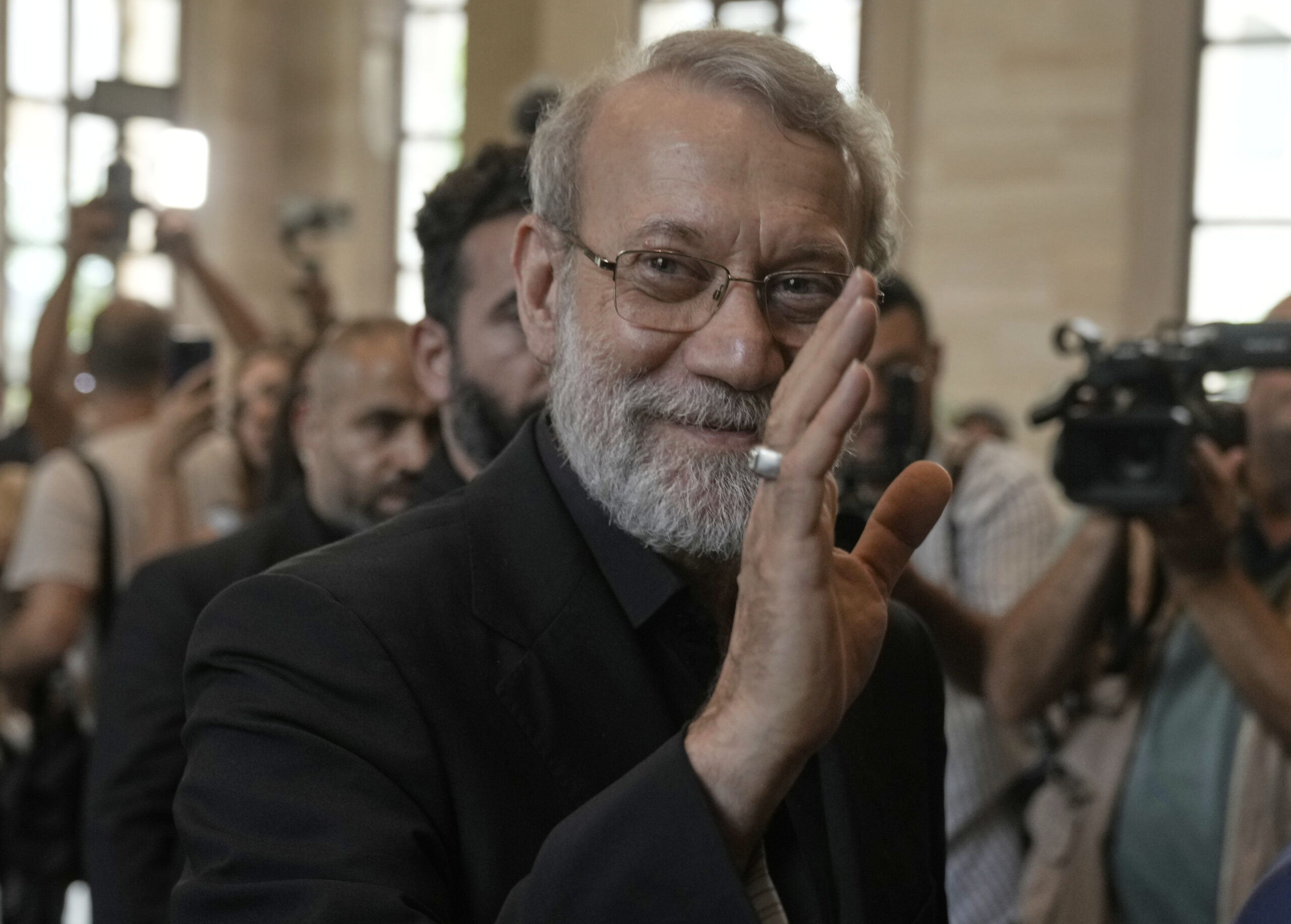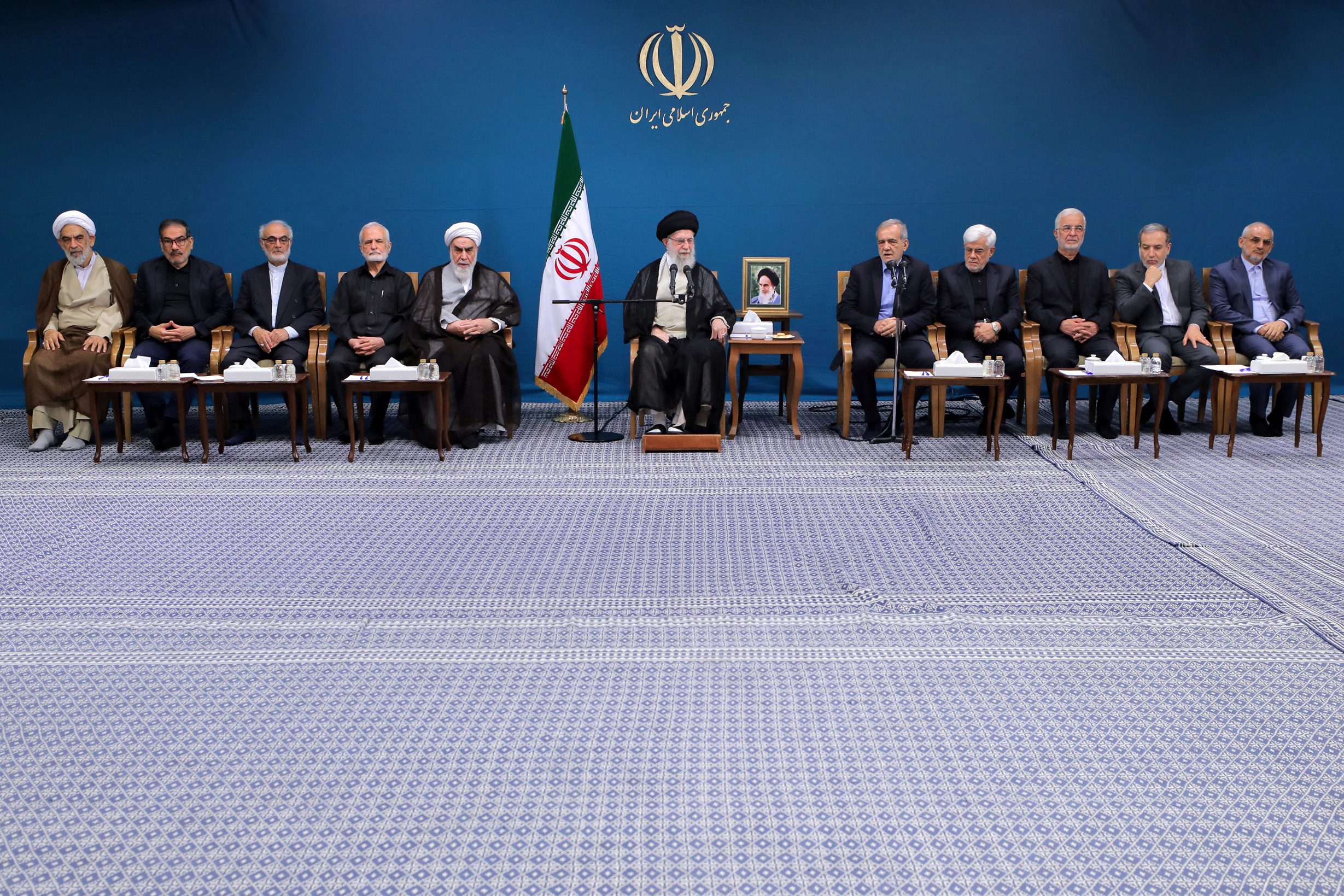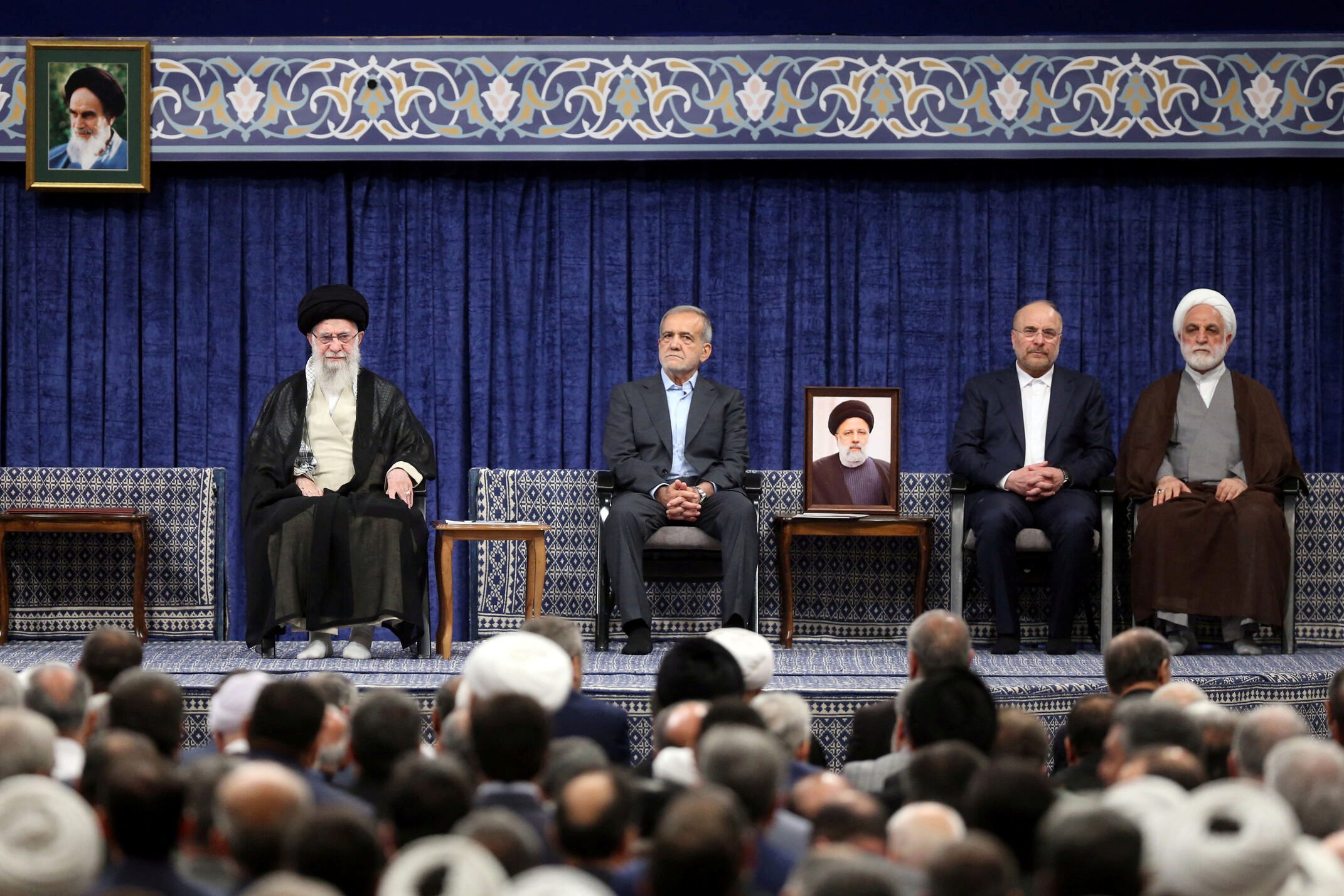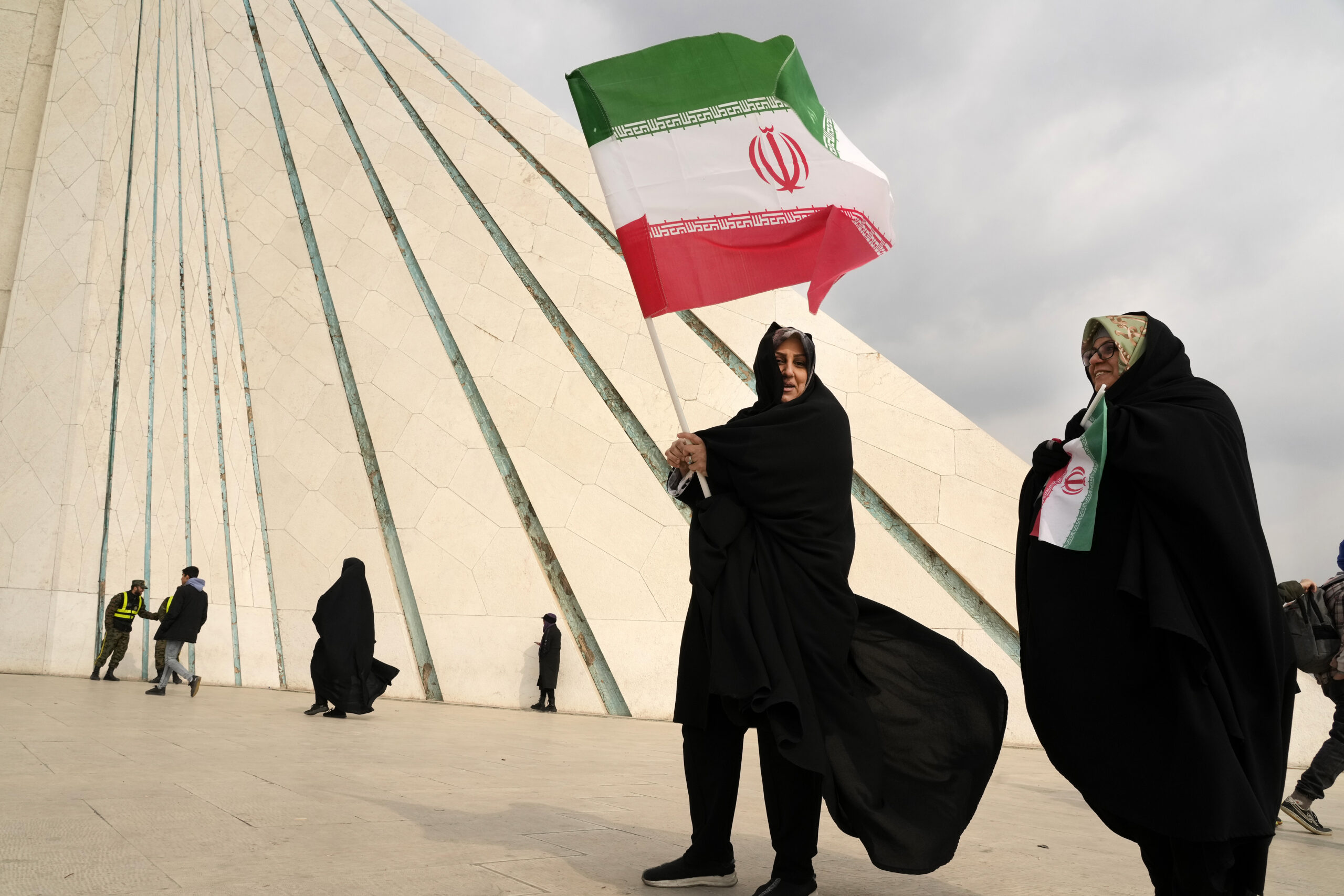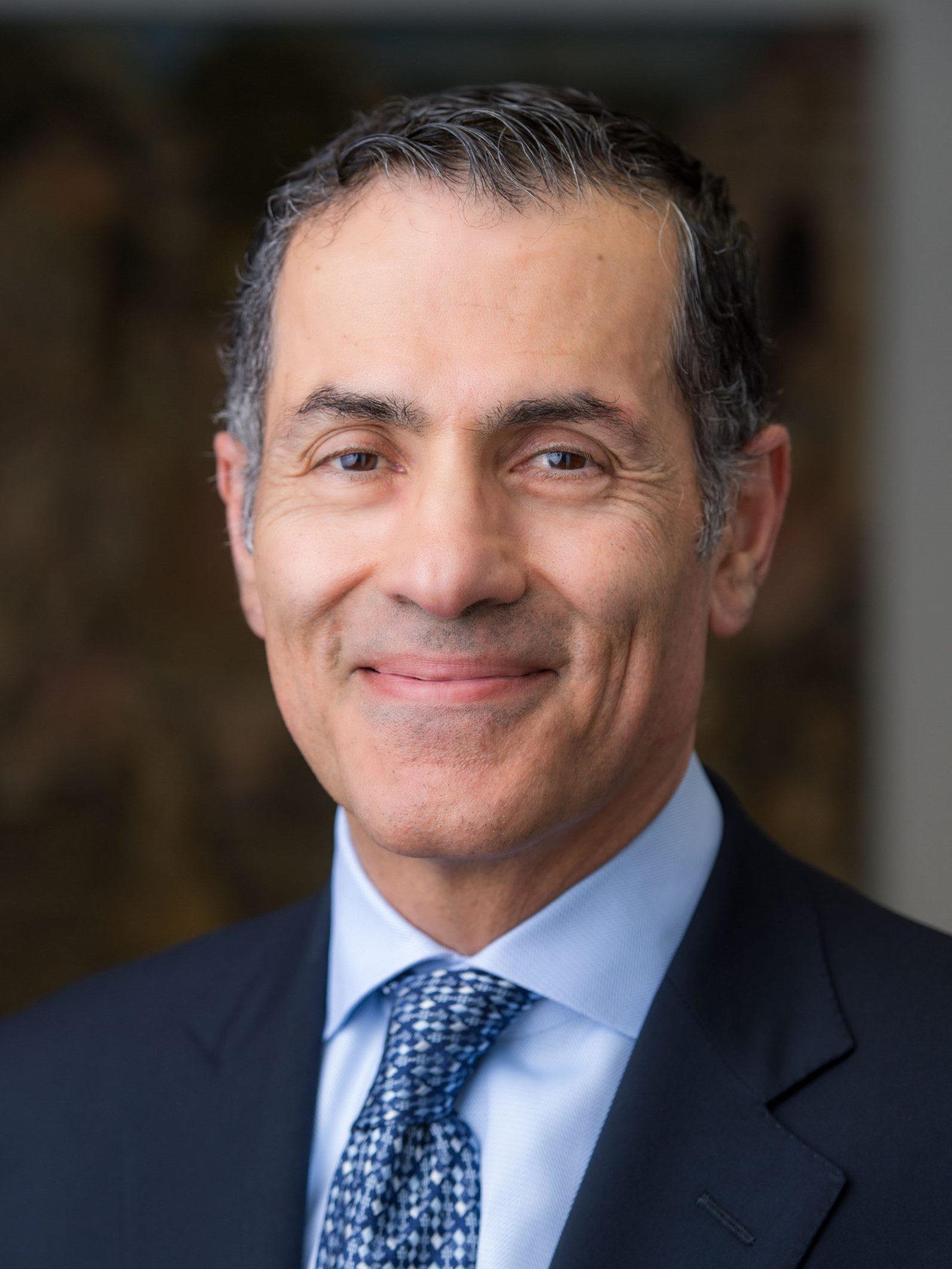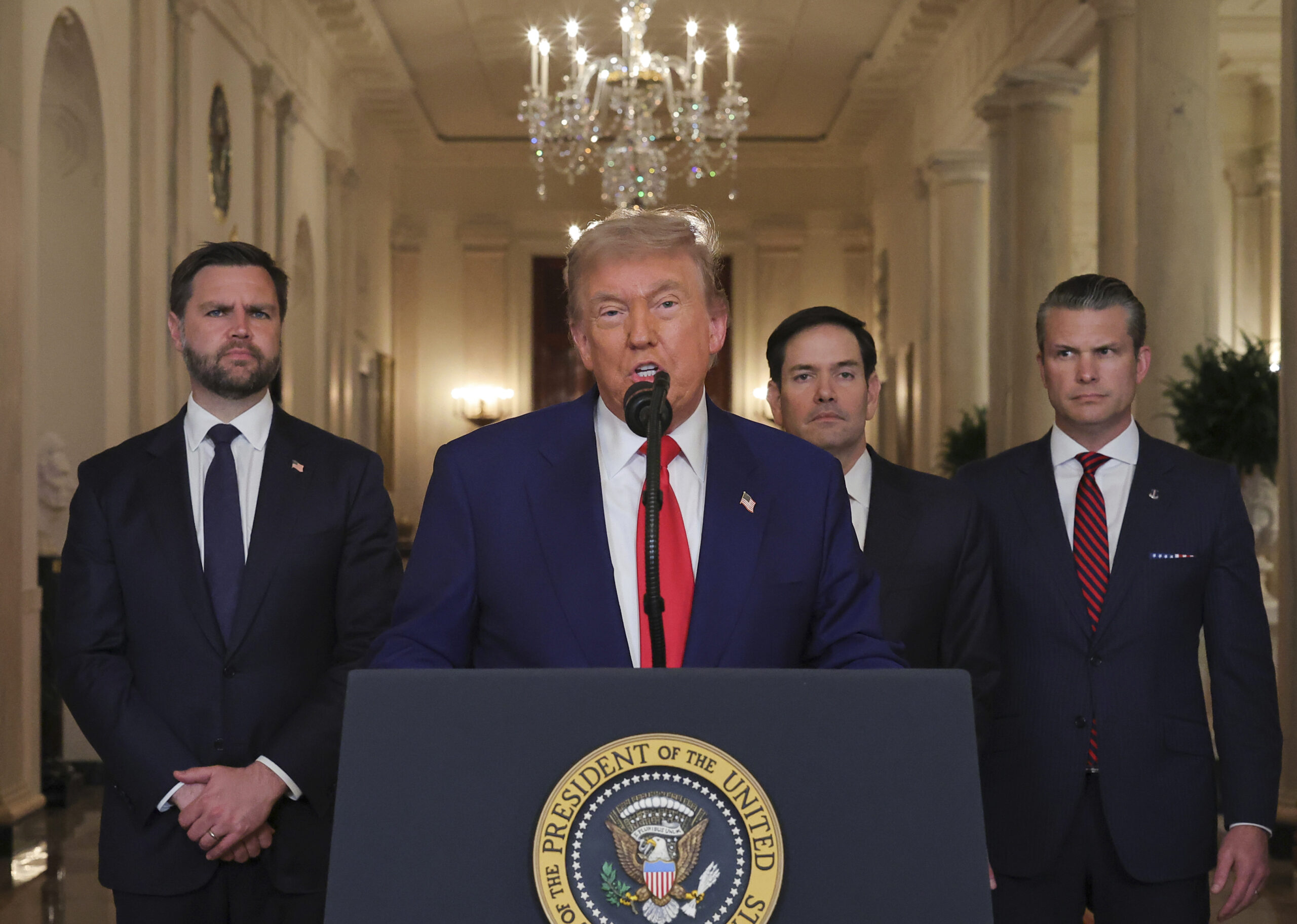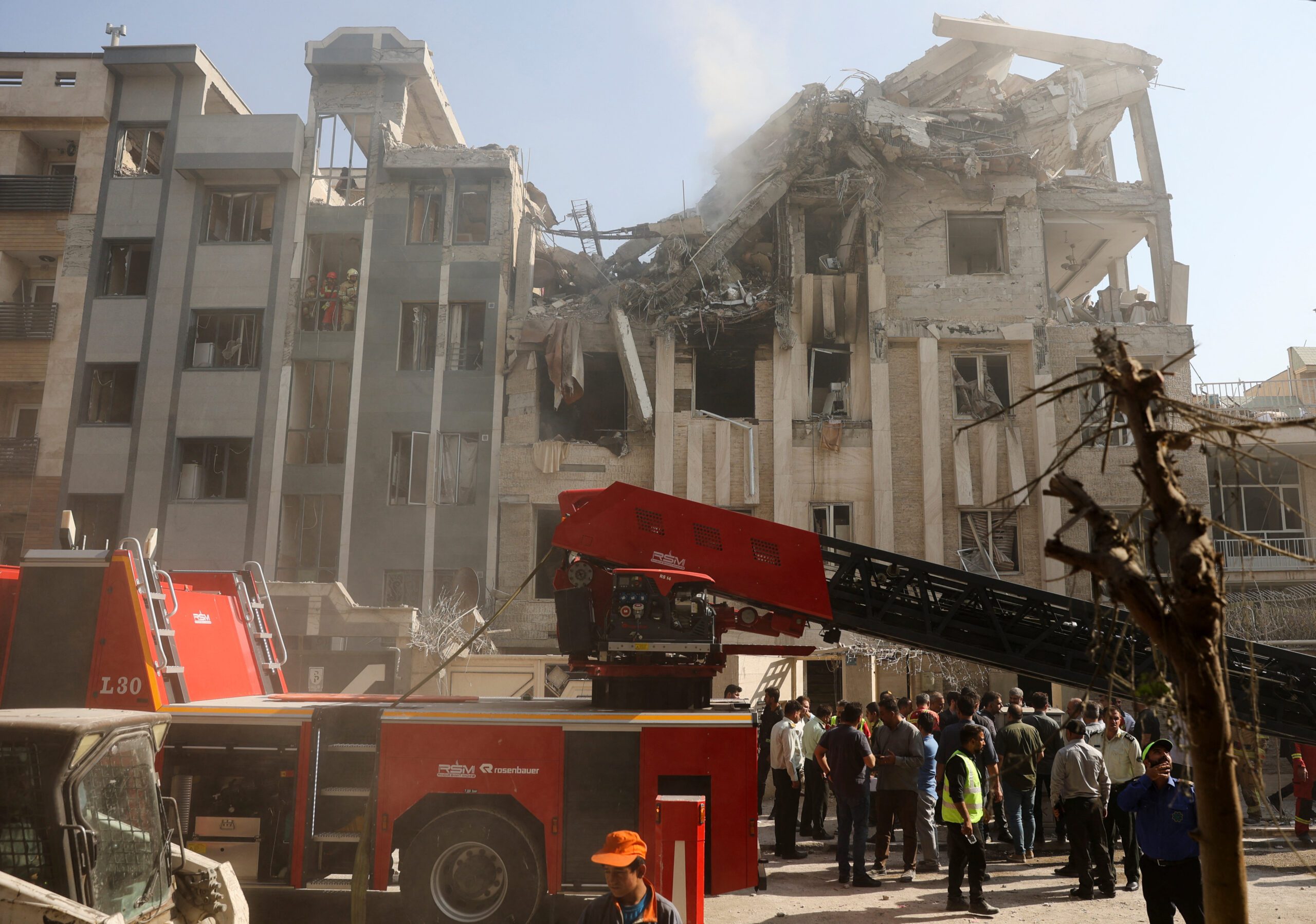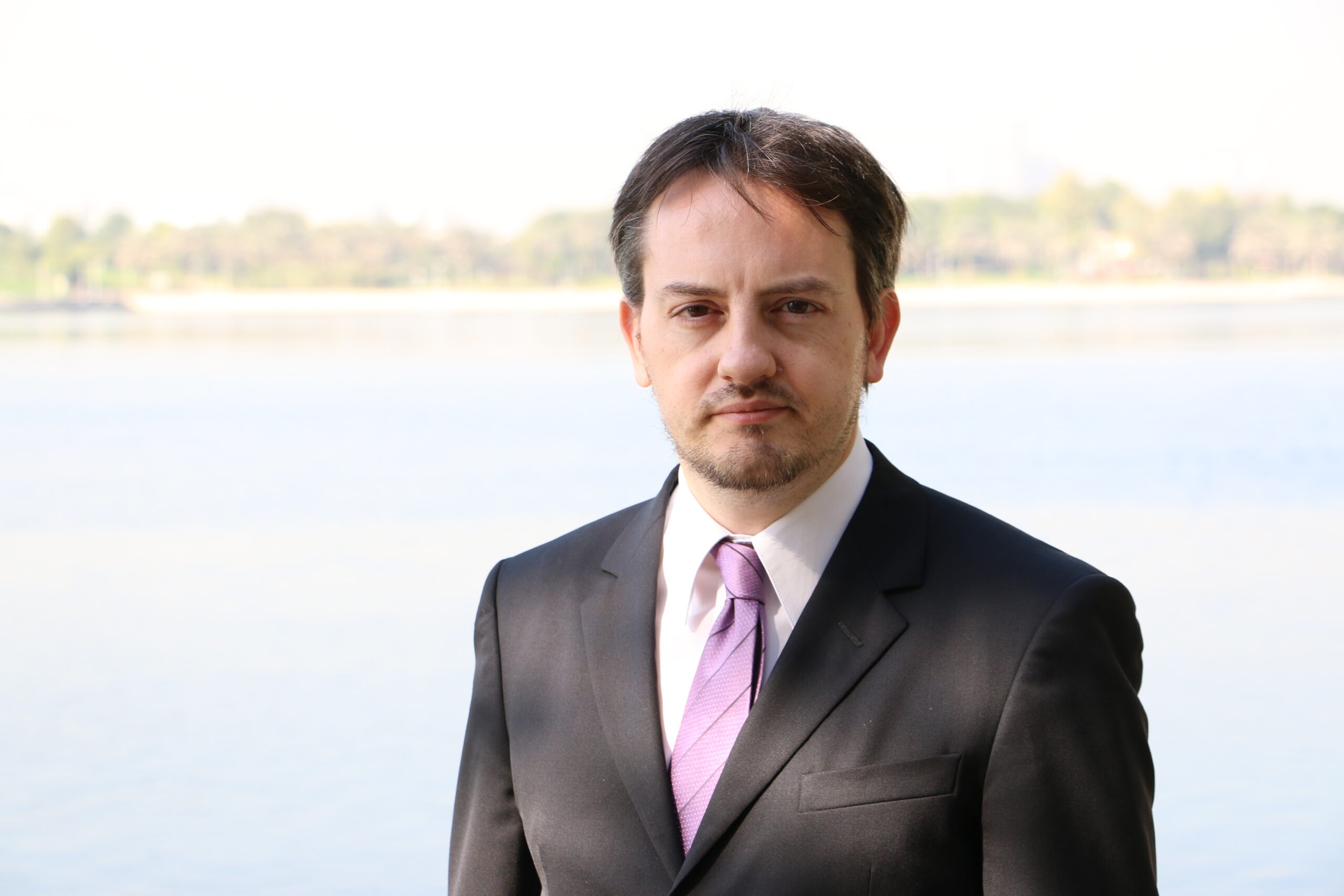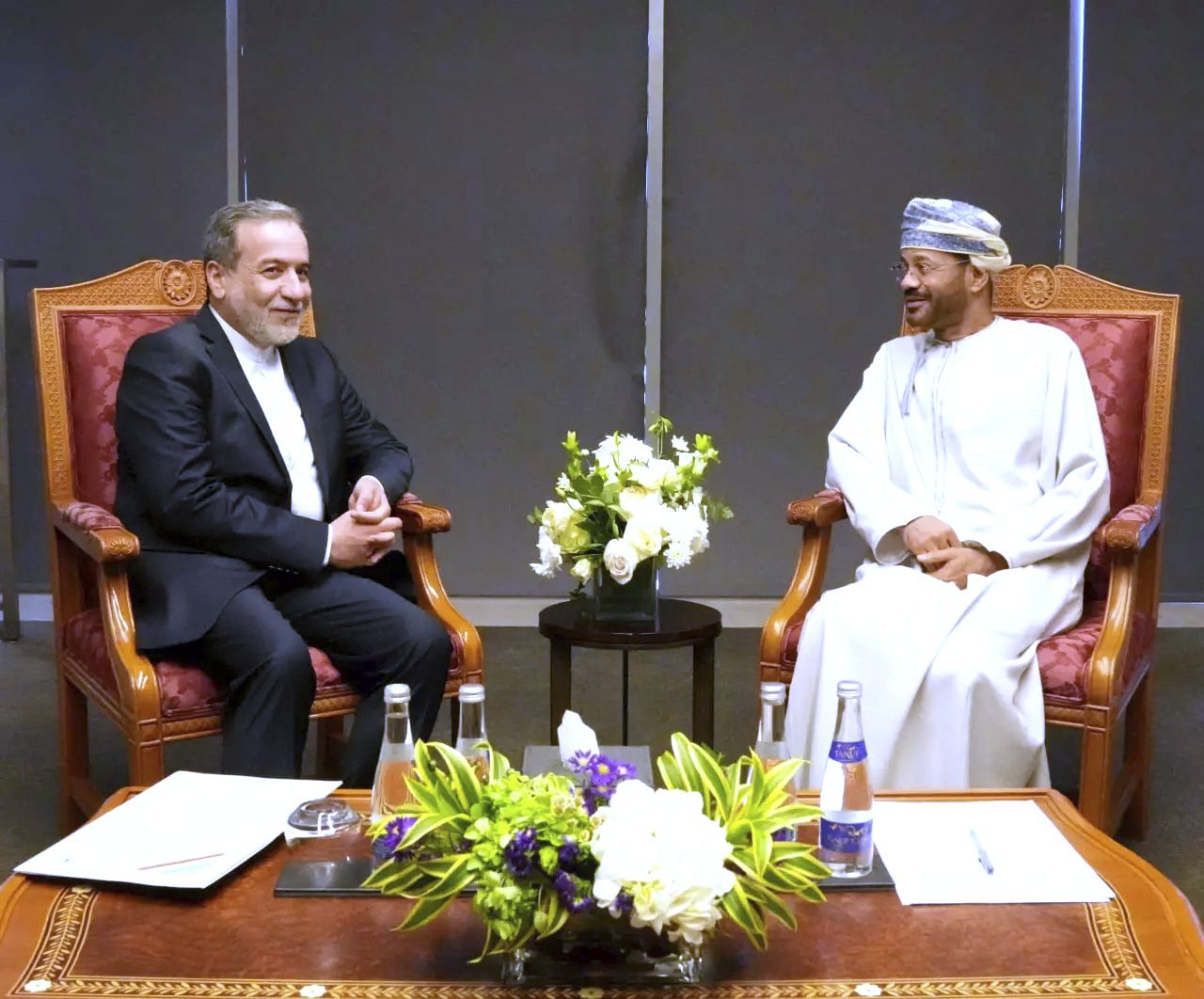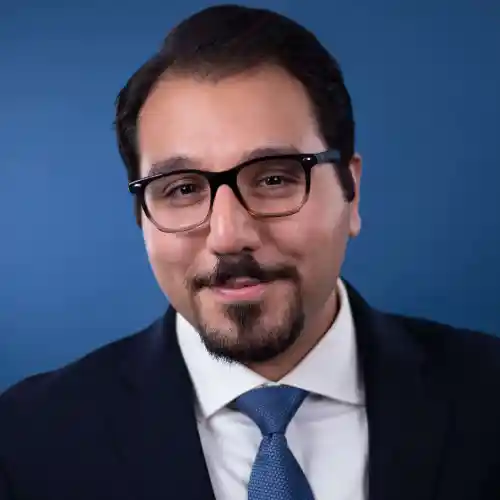May 16, 2023
Power Outages Harm Iran’s Steel Industry
The May 16 edition of the Iran Media Review explores the toll power outages are taking on Iran’s steel industry, a key sector of the Iranian economy.
As the administration of former President Donald J. Trump subjected Iran to a “maximum pressure” sanctions campaign with the stated goal of reducing Iran’s oil exports “to zero,” Iran increased steel production and exports to partially compensate for its significantly reduced oil revenue. Increasing production, along with other measures, not only secured the regime’s survival but also made Iran the 10th-largest steel producer in the world. However, due to a lack of investment in Iran’s natural gas sector, the steel industry is facing power outages, reducing its output and revenue.
- April 26: Under the headline “Decreased Production and Hard Currency Headaches,” Shargh Daily columnist Mahfam Salman-Beygi discussed how power outages harm Iran’s steel exports: “According to the Iran Chamber of Commerce, Industries, Mines, and Agriculture, power outages cost Iran’s industries $7 billion” annually. “In the field of petrochemicals, due to natural gas shortages, exports of urea and methanol were reduced by 20% to 25% in comparison with last year, costing $700 million in revenue.” According to Salman-Beygi, the power outages are mainly due to the insufficient development of Iran’s natural gas sector: “Despite Iran having the second-largest natural gas reserves in the world … delays in the utilization of resources are not only weakening Iran’s position in the global energy market but also severely harming Iran’s industries … From 2018 to 2022, Iran was among the 10 largest steel producers in the world, but according to the World Steel Association’s 2023 report, Italy has replaced Iran as the 10th-largest steel producer.” The article quoted Bahador Ehramian, a member of the Iranian Steel Producers Association, as saying: “Iran has the capacity to produce 40 million tons of steel annually … but for four months a year, we can’t produce due to natural gas or electricity shortages.”
The views represented herein are the author's or speaker's own and do not necessarily reflect the views of AGSI, its staff, or its board of directors.
